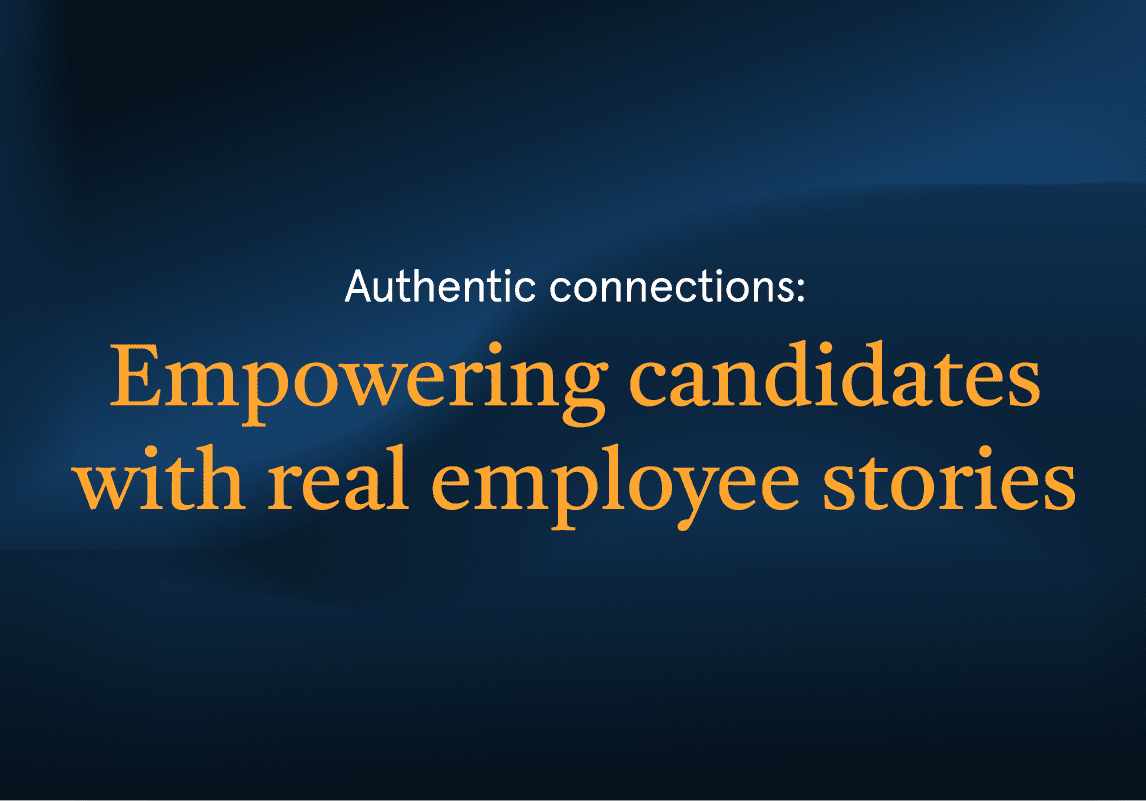Have you ever considered what wine and top candidates have in common? It might be the way that each wine tastes a little different depending on the glass it’s in—kind of like how each candidate might operate better once in an environment that supports their growth. With some candidates, you know exactly what you’re getting up front and others are a bit of an acquired taste. And others’ flavors might surprise you!
When we talked with Shally Steckerl, founder of The Sourcing Institute, and Jen Lord, Head of Client services & operations North America for Clinch & PageUp, they thought that candidate behavior and wine were similar in that they both become a little more predictable as time goes on. Which is good news! Because during that time, both candidates and wine only get better!
When it comes to tracking candidate behavior here are 5 strategies you should consider:
1. Content effectiveness
Do you know what content your career site visitors are reading and engaging with when they visit your career site? What about email or text communications? Are you tracking what videos, blogs, e-books, and events are most regularly clicked on and by whom? Once you know which types of content a specific persona might be attracted to, you can replicate those experiences for similar talent pipelines in the future.
Technology can help with this greatly. Consider recruitment technology that intelligently powers your career site. For example, heat map capabilities are incredibly useful to understand what content candidates are engaging with on individual pages of your career site. This type of analytics tool can show you the content color coded to indicate highest and lowest engagement areas of your site visitors. This helps to inform how to lay out content on your pages in the future.
Once you have this information, you can place the most engaging content towards the top of the page to capture visitor attention quickly and keep them on your site longer. Understanding content effectiveness is also important when it comes to converting candidates to applicants across the entire recruiting process. When someone starts an application but doesn’t complete it (aka abandons it) talent teams might traditionally struggle to re-engage that candidate. But with career site heat mapping and tracking of candidate behavior across communication channels, your data could indicate where the candidate was most engaged and use that information when you invite them to return and complete the application.
2. Personalization
Once you understand what is of interest to your visitors and start leveraging that content on your career site and in your communications, you can personalize this content in a lot of different ways. And personalization doesn’t necessarily mean personalized for each individual candidate. It can be groups of candidates that match specific criteria.
You might create one career site experience for a first time visitor and then change what content appears when a repeat visitor is back on your career site. Or maybe you have a candidate whose data shows they’ve looked at three different engineering roles and have clicked on a video or blog that describes “a day in the life of an engineer” at your organization. There’s a good chance other candidates of that same profile would be interested in that content too. So, it would make sense to serve that content up to similar candidates every chance you get.
“Having an authentic story is important to selling candidates on what your company is like to work at,” said Lord. And with valuable information about candidate behavior, you can start creating unique and meaningful journeys through your career site and other communications that appeal to a variety of visitor profiles. And of course leveraging automation within your recruitment marketing technology is what makes sure your personalized experiences hit the right audience at the right time.
3. Time of day
And the personalization doesn’t have to stop there! Candidate behavior can provide some really interesting insights once you understand the specific time of day jobseekers are engaging with your employer brand.
As the saying goes, “timing is everything!” When are visitors and candidates ready to be contacted by your organization? There are a variety of timing data points from which your talent team can draw insights such as:
- When exactly candidates abandon an application
- When visitors spend time on certain career site pages
- The time of day a jobseeker clicks or visits certain pages (especially if this happens multiple times)
- Frequency of visits
4. Key search terms
The best part about gathering data to activate predictive recruiting (if we have to choose just one) is that you’re kind of like a detective. You can go as far as finding exactly how candidates found your organization online and which pages they landed on first. And it’s important to know what words candidates type into their search engine to arrive at your career site or job description. Because if it happens enough times, your recruitment marketing team will want to recreate that experience.
This is when you can take that keyword data to produce content, ads, and optimize SEO to boost the organic searches that are already happening! If something works enough times organically, that means it’s worth investing in so that other jobseekers can have similar experiences to find open roles like yours. Using a CRM is a great starting point here as it can help organize candidate sources and as well as your talent team’s activity within those channels.
5. Measuring success and sharing internally
Since data is what makes predictive recruitment possible, you’ll definitely want to measure your success so that you can see what works and then scale it. Steckerl and Lord provided some suggestions on what to track as you start leveraging candidate behavior to power your candidate attraction strategy. Consider tracking:
- Increased subscribers to your talent newsletter and talent community
- Increased visitors, repeat visits, and engagement on your career site
- Improved talent audience segmentation (gathering more information about your audience so that jobseekers can be categorized by level, seniority, interests, functions, role, etc.)
- Geotargeting
- Content targeting
- Referrals (candidates/visitors who share your content with other people who then visit your site)
- Conversions (number of candidates who become applicants by completing their application)
“Alert the recruiter when a certain threshold has been reached by a visitor for their recruiting segment,” said Steckerl. “For example, when a candidate visits a career site a predetermined number of times, give a heads up to the recruiter that it might be a good time to give that candidate or visitor a call.”
Tracking candidate behavior tells you a lot about candidates and helps talent teams develop more predictive recruiting practices. Once you have enough data to make more informed decisions for attracting and converting talent, the health of your talent pipeline will improve. If you missed our webinar with Shally, check out the recording. If you’re looking to get more predictive in your recruiting, give our team of recruiting experts a call!



